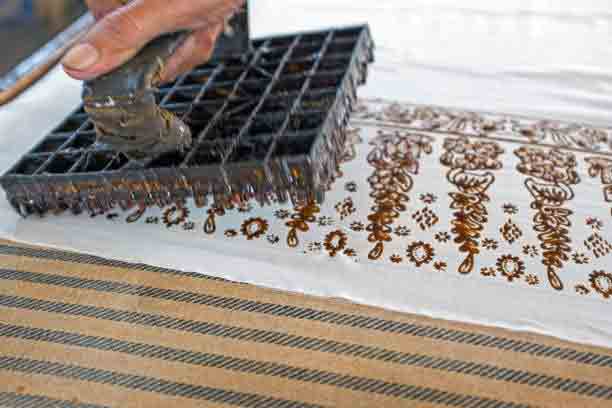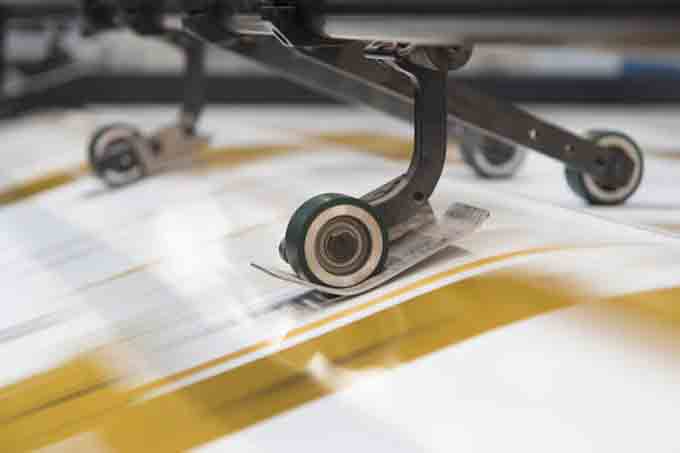Embossing and debossing are popular print enhancement techniques that help your work stand out from the crowd. Whether you use them on high-end marketing pieces or rustic product packaging, they encourage the recipient to interact with your piece in unique ways.
Embossing involves pressing a metal plate into your material to create an elevated shape of text or image. This can be done in a single level to create a consistent effect or multi-level to make the elevation more varied and fluid.
Embossing
Embossing is a printing technique that adds texture to your print products. It uses a die (personalized metal plate) to slightly raise images on paper or card stock and create a 3D effect, bringing attention to the area you want your audience to focus on, browse around this website.
It’s a great way to make your print pieces look unique and stand out from the crowd. Combining it with foil and other printing techniques can also give your work a high-end, premium feel.

Whether you’re embossing a logo on business cards, or your name on a gift card for your best friend, it’s a classic way to impress. You can use embossing for all kinds of products, from signs and mint tins to leather goods like bags and luggage tags.
Debossing
Embossing is a great way to make your logo stand out on any type of print product, especially business cards. It creates a raised effect that is both eye-catching and tactile. This printing technique is also suitable for more subtle designs like patterns and initials.
Debossing is the opposite of embossing, creating a depressed effect on your print material. You can choose to leave the debossed area untouched or fill it in with foil stamping, as you would with an embossed design.
Both embossing and debossing require a metal die and counter-die (also known as male and female) of the logo or artwork you’re wanting to imprint on your materials. These dies are created to match the size of the material you’re working with, ensuring the accuracy of the finished product.
Foiling
Foil stamping and embossing add a touch of elegance and luxury to business cards, invitations, reports and other print materials. Metallic foils provide a bright, eye-catching sheen that can make your work stand out from the crowd.
Emboss and deboss designs in different ways to draw attention to key words or shapes or create a more varied illustration. Combine these techniques with edge staining for a truly unique look.
If you’re using a mask file to remove any aspects of your design that you don’t want in foil, be sure to make the spot color 100% to ensure that it won’t knock out any other colors in the artwork. Also, make sure the graphic you’re removing is in the exact same position as it was originally designed.
UV Coating
UV coating is a thick layer of durability that gives your print marketing materials a brilliant sheen and helps them resist scratches, ink smudging and water damage. It also increases the lifespan of your printed materials, helping them look great longer and stretch your marketing dollars further.
UV coating can be applied to the entire piece, front and back or selectively with spot UV, which highlights areas of your design. Our high-gloss flood UV coating is particularly effective for image-rich pieces like brochures and photography catalogs, and our Soft Touch laminate offers a smooth velvet feel.
With embossing and foil stamping, you can create 3-dimensional effects, but with UV coating, you can highlight flat images to make them appear more prominent. The result is a striking finish that draws the eye and makes your pieces stand out from the competition.
Variable Data Printing
Easily personalize your direct mail pieces, product packaging, posters and other print marketing materials with variable data printing. The technology uses an excel file with varying information that’s fed to the digital press, so each individual piece of media printed is different, without needing to stop and restart the press multiple times.
Conclusion:
Savvy marketers know that personalized messaging is the key to increasing response rates. Consider a dental office that wants to remind patients of their regular appointments with a customized postcard with the date, time and other information specific to that patient. Or, a brewery that is hosting a series of weekly book signing events can use variable data printing to print a custom poster for each event with unique information. The possibilities are limitless!
